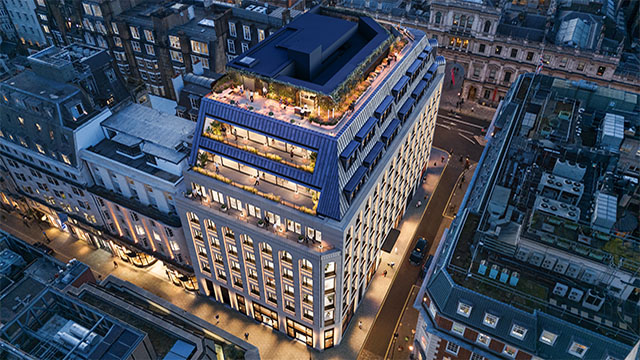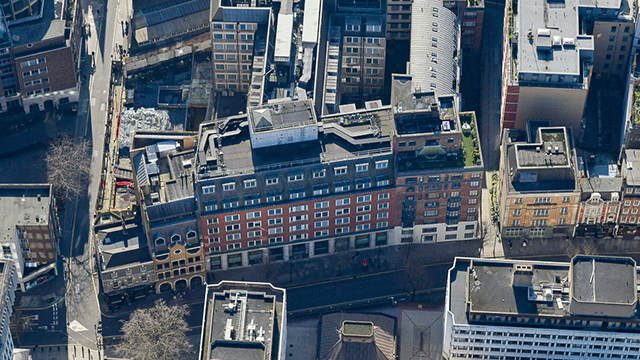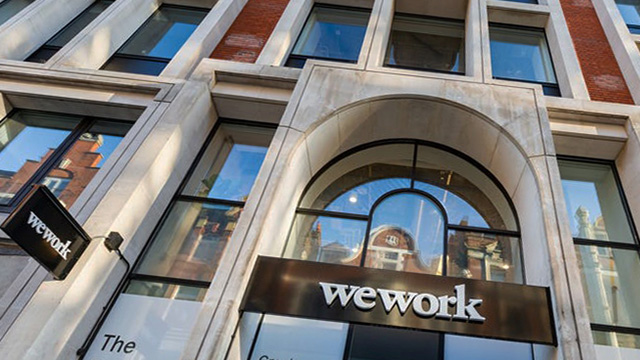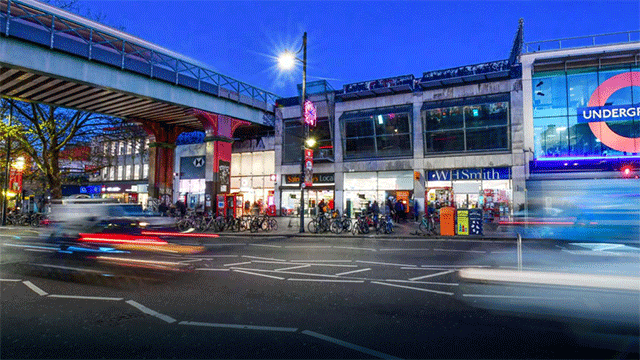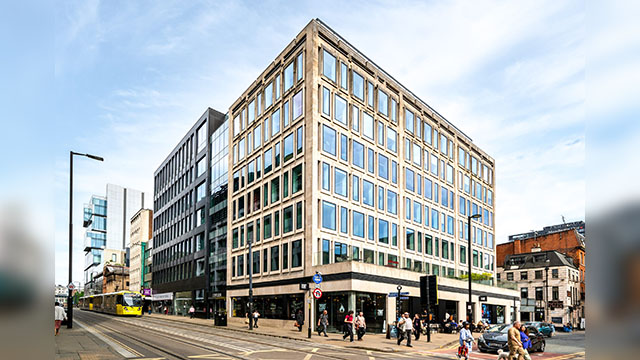COMMENT Commitments to tackle climate change have been in the spotlight in the past few weeks as the COP26 Summit sought to galvanise global efforts to limit global warming to 1.5℃.
While the attention in the closing days was on coal, fossil fuel subsidies and financial support for developing countries, one of the remarkable aspects of the summit was the involvement of the real economy where, for the first time, businesses and investors were invited centre-stage alongside policymakers.
The built environment had its own role to play on 11 November, dedicated to “Cities, Regions and the Built Environment”, where leaders from across the industry came together to discuss the decarbonisation of a sector that contributes an estimated 40% of global carbon emissions.
Significant progress has been made in the past few years, such as the commitment of the members of the Better Buildings Partnership to publish their pathways to net zero carbon in line with the 1.5°C warming limit. Great strides have also been made in collecting and clarifying data as, without proper measurement, this journey lacks meaning.
Accelerating changes
One positive result of COP26 was the decision to set up a system of universal sustainability disclosure under the aegis of IFRS. There has been a step change in interest from not just our occupiers and investors but our other stakeholders as well. Covid, if anything, has reinforced this trend. This momentum must be maintained if we are going to get to realise a resilient, zero carbon future in time.
The relationships between landlords and occupiers – as well as their respective advisers – needs to change and become more open. This will allow more accurate measurement but also enable both parties to help each other more effectively. For instance, we can support our occupiers’ journeys by providing energy from renewable sources. As a property investor, between 40-60% of our carbon emissions are produced by our occupiers. Together we can help reduce operational carbon.
Significant embodied carbon is produced through the construction process, particularly through the use of large quantities of concrete and steel. We need to get smarter at decarbonising key building materials with buy-in from all the links in what is one of the longest business chains in any sector: original raw material providers of timber, steel, glass, concrete, bricks and stone, manufacturers, contractors, suppliers, local authorities, advisers, quantity surveyors, architects, investors, developers and occupiers.
All have a contribution to make and all must be aligned in recognising that the changes are necessary and the additional short-term costs will be repaid through longer-term rewards. Given the length of the chain, together with the longevity of some industry business practices, this will take time. However, we are seeing increasingly clear direction from the end users (occupiers and investors), so changes are beginning to accelerate.
Reducing offsetting
Reducing operational and embodied carbon will bring the amount of carbon that needs to be offset to a minimum in order to achieve net zero. However, the industry can help in other ways by using its assets to help create additional renewable energy.
This could come from adding PV panels to rooftops or developing off-site renewables to heat and power the buildings. We have been exploring the latter at our Scottish estate and have recently submitted plans for a solar park which, if successful, is equivalent to serving 6,300 homes and will provide up to 43% of our total electricity needs for our portfolio.
One of the central demands from Glasgow was for influential players in the system to make the shift from ambition to action. And it is the combination and delivery of all these steps above, through greater collaboration across the sector and along its whole supply chain, that will be necessary to reaching net zero by 2030.
John Davies is head of sustainability at Derwent London




